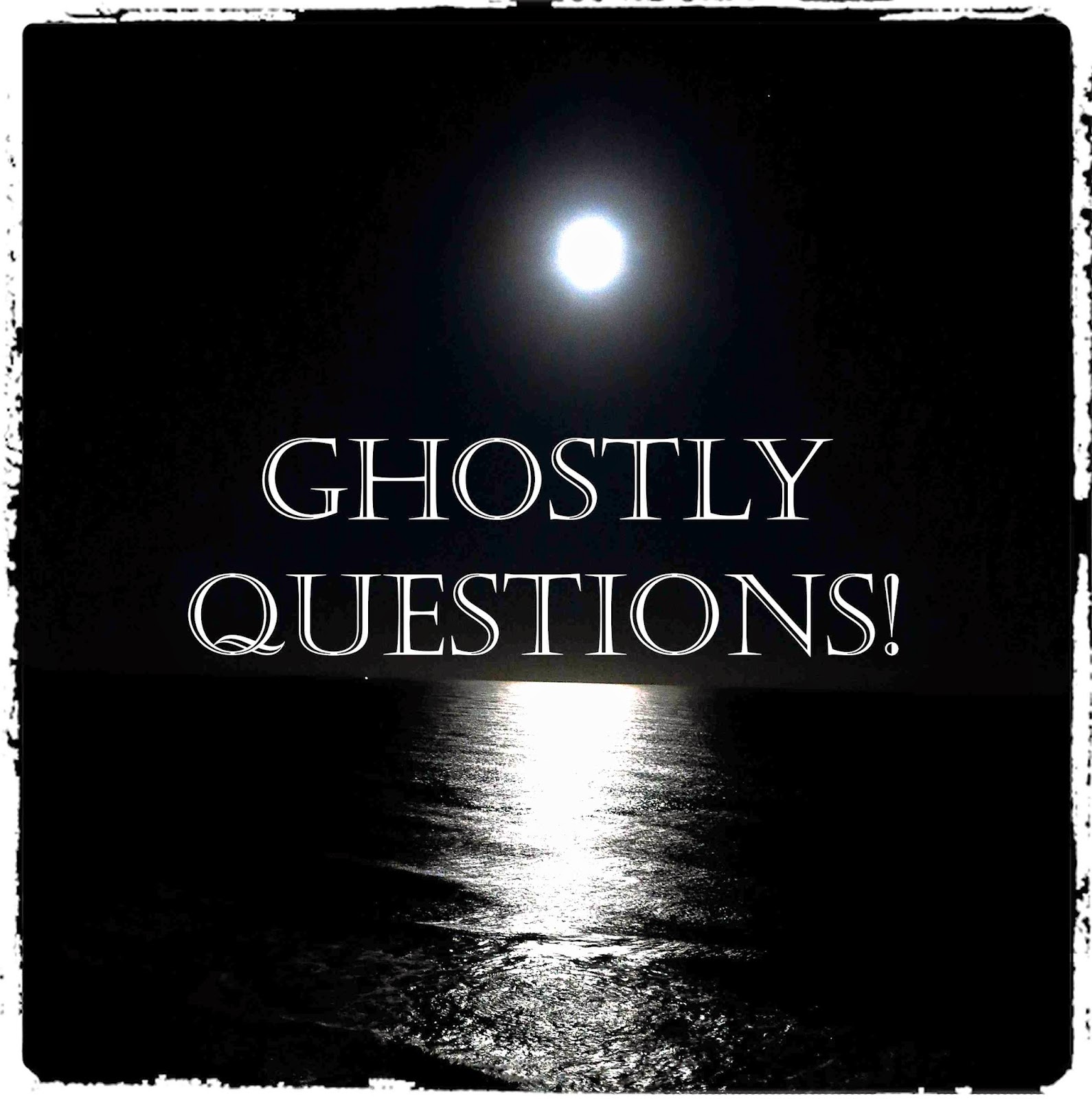I'm spending my morning listening to a very interesting workshop regarding folklore, beliefs, world views and ghosts. Do we, as 'professionals', need to put a name to the entity we encounter for our clients?
Or should we just be looking at and recording the behaviors that are being exhibited by these encounters?
Some of the names given to such entities have come from cultural beliefs and follkore that is hundreds of years old, like fairies, banshees,djinn, incubus and succubus, steeped in a history or a time and place far removed from our modern day lives.
Is it helpful to put a name to a person's experience?
Can it just make things worse, what if we are wrong - are we only speculating?
How can we definitively know?
If we are dealing with someone who has a very different background and belief system from us should we take that into account when they are talking about their paranormal experiences?
How does their belief system impact of their paranormal experience?
Or does it?
Can the entities be showing themselves in a way that these people understand (from their faith/belief origins) as opposed to mine, for example.
Am I therefore possibly defining something from my world viewpoint when I try to make sense of what is happening for my client and may this change the 'diagnosis'?
Bottom line -
Should we be very careful before we stick on a label?
Questions worth thinking about.
Can it just make things worse, what if we are wrong - are we only speculating?
How can we definitively know?
If we are dealing with someone who has a very different background and belief system from us should we take that into account when they are talking about their paranormal experiences?
How does their belief system impact of their paranormal experience?
Or does it?
Can the entities be showing themselves in a way that these people understand (from their faith/belief origins) as opposed to mine, for example.
Am I therefore possibly defining something from my world viewpoint when I try to make sense of what is happening for my client and may this change the 'diagnosis'?
Bottom line -
Should we be very careful before we stick on a label?
Questions worth thinking about.



Comments
Post a Comment